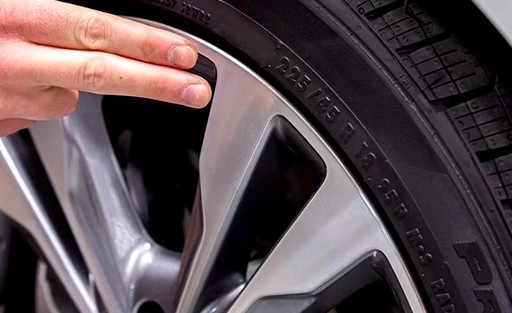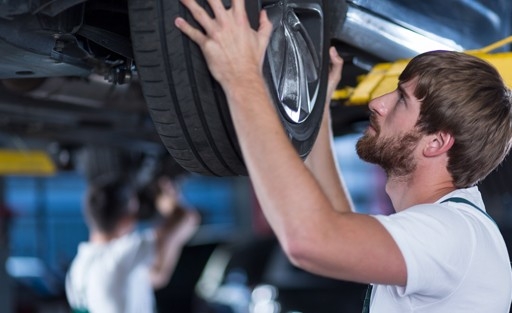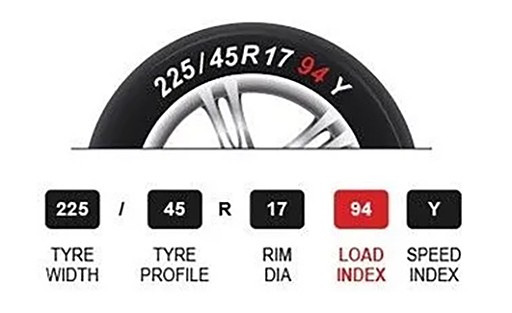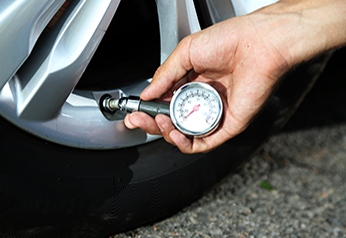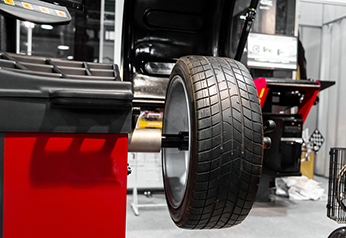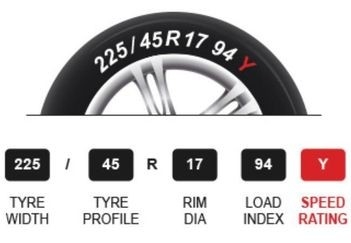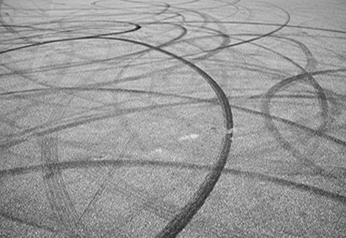
May 26, 2023
Your Tyre Size: A Complete Guide

Nothing beats the convenience of buying tyres online.
With Tyroola's Tyre Configurator, you can find the right tyres for your ride in no time!
Learn How to measure your tyre size by checking out our complete Tire Size Guide or visit our Tyre Size Chart page for a full list of tyre sizes.
Why Do I Need My Tyre Size?
You need your tyre size if you plan to replace your tyres.
All brand new vehicles come with OEM (Original Equipment Manufacturer) tyres specially designed for that particular car. Vehicle companies work with tyre manufacturers to hand-pick tyres that best meet their performance requirements. With OEM tyres, you enjoy all your vehicle's top features and capabilities, so it makes sense to get a new set of your OEMS once you need new tyres.
By knowing your tyre specifications, including its size, you'll be able to narrow down which tyres will be the best fit, so you are ensured of:But there are also many reasons why you might want to choose replacement tyres, including tyre damage, wear and tear, discontinued/sold out OEM patterns, or you want a different driving experience.
Great ride performance
Getting tyres similar to your OEM ones lets you optimise handling, steering, stability, and acceleration—all the benefits your vehicle offers, which may be the same characteristics that pushed you to buy it in the first place!
Guaranteed safety
Tyres are essential for road safety. You get excellent braking performance when you fit tyres with the right size, preventing potential accidents.
Fuel efficiency
Tyre size impacts fuel economy.
The wider and heavier the tyre, the more fuel it consumes. But OEM tyre manufacturers have already considered fuel efficiency, so buying tyres with similar specs - and maintaining the correct tyre pressure once fitted and in use - guarantees a boost in fuel economy.
Also read 8 Ways You Can Save on Gas With the Right Tyres
How to Find Your Tyre Size
Every vehicle has a specific tyre measurement that you can find here:
-
the tyre sidewall
-
the manufacturer's placard inside your driver's door or glove box (which will also have your tyre's recommended inflation pressures)
-
your owner's manual
When purchasing new tyres, always double-check that they are suitable for your vehicle and follow any load and weight ratings recommended by the law.
Also read Wheel Offset: Your Complete Guide
How Do I Read My Sidewall Markings?
Your tyre's sidewall contains its size and other important information that will help you select the best tyres for your vehicle.
Tyre Width
Aussie tyres are metric tyres, meaning they use millimetres for measuring. The first number you find on your tyre's sidewall is its width in millimetres, and this is the Tyre Width or Section Width, which is the distance from one sidewall to the other.
Ace Advice: As mentioned, wide and heavy tyres use up more fuel. While narrow tyres are lighter and have better fuel economy, they also have a thinner footprint, resulting in less grip. You maximise fuel efficiency, grip performance, comfort, and noise level by installing the proper tyre size.
Also read When Do Tyres Expire?
Profile
The following number after tyre width is the Profile or Aspect Ratio, which measures the height of your sidewall. This measurement is a percentage of the tyre width. So a sidewall height written as 55 is 55% of the tyre width.
Ace Advice:A high-profile tyre equates to a high sidewall. High-profile tyres make more contact with the surface, resulting in better fuel efficiency and ride comfort. Meanwhile, low-profile tyres are often used in high-performance cars and display better grip, braking abilities, and handling.
Tyre Construction
After the Profile comes a letter, this time and not a number. The most common letter is R, which stands for Radial Construction. Radial tyres have arranged perpendicular layers to the tread, boosting tyre strength. Most of today's passenger vehicle tyres are Radial.
Also read Your Complete Guide to Different Tyre Types
Rim Size
After the Tyre Construction letter, you will see another number--the Rim Size also called Wheel Size or Wheel Rim Diameter. Measured in inches, the Rim Size is the distance between two opposite wheel flanges which will show the diameter of the wheel—or the rims' extended edges that hug the wheel to the axle.
Ace Advice: To find out the range of tyre sizes that can safely fit your vehicle, consult your owner's manual. If you want to change your rim size, your tyre diameter should remain the same. You can also double-check your owner's manual or check with the manufacturer.
Load Index
The Load Index or Load Rating follows, usually as a 2 to 3-digit number that measures the load capacity or maximum weight your tyre can carry at full speed. Remember that this number is not the actual load index; it is merely a code. To know what the code stands for, check out our Tyre Load Index below:
Ace Advice: Using a tyre with a load rating compatible with your vehicle's requirement ensures a safe ride. If your tyre cannot withstand the weight of your car and its passengers, you may have an accident.
Also read Your Tyre Load Rating Explained
Speed Index
The last letter represents the Speed Index or Speed Rating, the maximum speed your tyre is designed to handle. It states the absolute limit to how fast your tyre can go before it starts to fail. Each letter corresponds to a certain speed, as seen in the chart below.
Ace Advice: The higher the letter is in the alphabet, the higher the Speed Index it indicates. NEVER fit a tyre with a lower Speed Index. This may cause the tyre to overheat, burst and lose pressure, which is dangerous at high speeds.
Also read Your Tyre Speed Rating Explained
To know what the other markings in your tyre sidewall mean, read our complete guide on Tyre Number Meanings Explained in Full.
Buy the Cheapest Tyres Online!
Switching to tyres with different specs? Use Tyroola's Tyre Size Calculator to compare your existing tyres and those you are eyeing in terms of overall diameter, sidewall height, tread width, revolutions per mile, and the percentage of their size differences. This Tyre Size Chart Comparison will help you avoid speedometer errors.
Now that you know your tyre size, it's time to choose your tyres!
Just enter the information on our Tyre Configurator to access thousands of products, including big brands discounted by as much as 50%. At Tyroola, finding your tyre size and the right tyre has never been easier!
For more tyre tips, explore our guides and blog.
